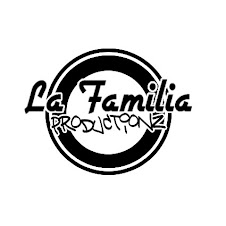A film director, or filmmaker, is a person who directs the making and/or the production of a film.[1] Many people also consider film producers, cinematographers, film editors, and special effects experts to be filmmakers[2].
A film director is a person who visualizes the screenplay, controlling a film's artistic and dramatic aspects, while guiding the technical crew and actors in the fulfillment of his or her vision. In some cases, film directors do not have absolute creative control. The director can also be selected by the producer. The producer in this case very likely has veto power over everything from the script itself to the final editing of the film, often in anything from slight to extreme opposition to the director's vision.
When directing individual episodes for a television show, a director's responsibilities are somewhat diminished, since the visual look and emotional impression of the TV series has already been established, usually by the person billed as the show's creator, executive producer, or producer. Those directors who choose or are chosen to work in TV traditionally have had to accept that they will not be as lauded, or as well-paid, as their big-screen counterparts.[3]
Film directors are responsible for overseeing creative aspects of a film. They often develop the vision for a film and carry the vision out, deciding how the film should look. They also direct what tone it should have and what an audience should gain from the cinematic experience. Directing a film is a kind of storytelling. Film directors are responsible for approving camera angles, lens effects, lighting, and set design, and will often take part in hiring key crew members. They coordinate the actors' moves and also may be involved in the writing, financing, and editing of a film.
The director works closely with the cast and crew to shape the film and may often take suggestions on pertinent issues. Some like to conduct rigorous rehearsals in preproduction while others do so before each scene. In either case this process is essential as it tells the director as well as other key members of the crew (Director of Photography, stunt choreographer, hair stylist, etc.), how the actors are going to play the scene, which enables them to make any necessary adjustments. Directors often use storyboards to illustrate sequences and concepts, and a director's viewfinder to set up camera angles.
i was confused on what a directo really does.
so i used wikki pedia to get my focus correct so ican direct effectively with knowing my roles
The director also plays a key role in post-production. He/she works with the editor to ensure that the emotions of the scene and the close ups, mid shots and wide or long shots appropriately reflect which character is driving the narrative. The director also advises on the (colour) grading of the final images, adding warmth or frigidity to the composition of the shots to reflect the emotional subtext of the character or environment. They also participate in the sound mix and musical composition of the film.
Methods of film directing which I will adapt
Appear in their film and Outline a general plotline and let the actors improvise dialogue.



































